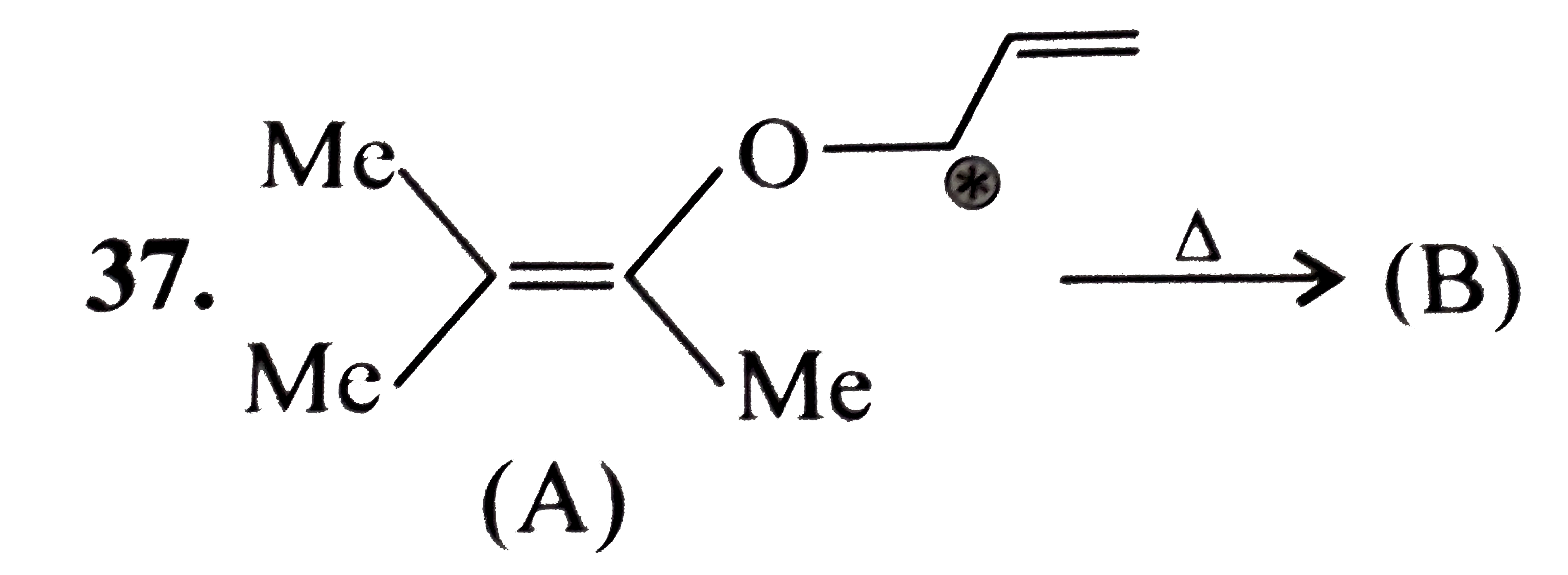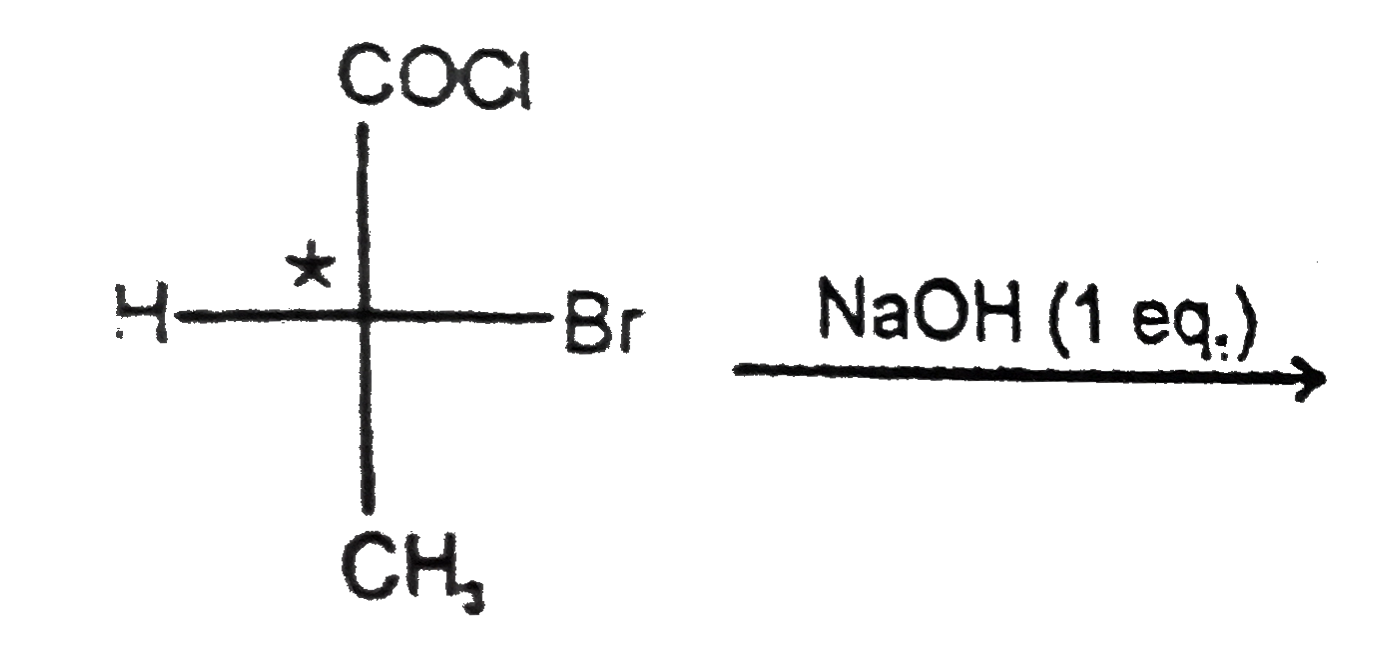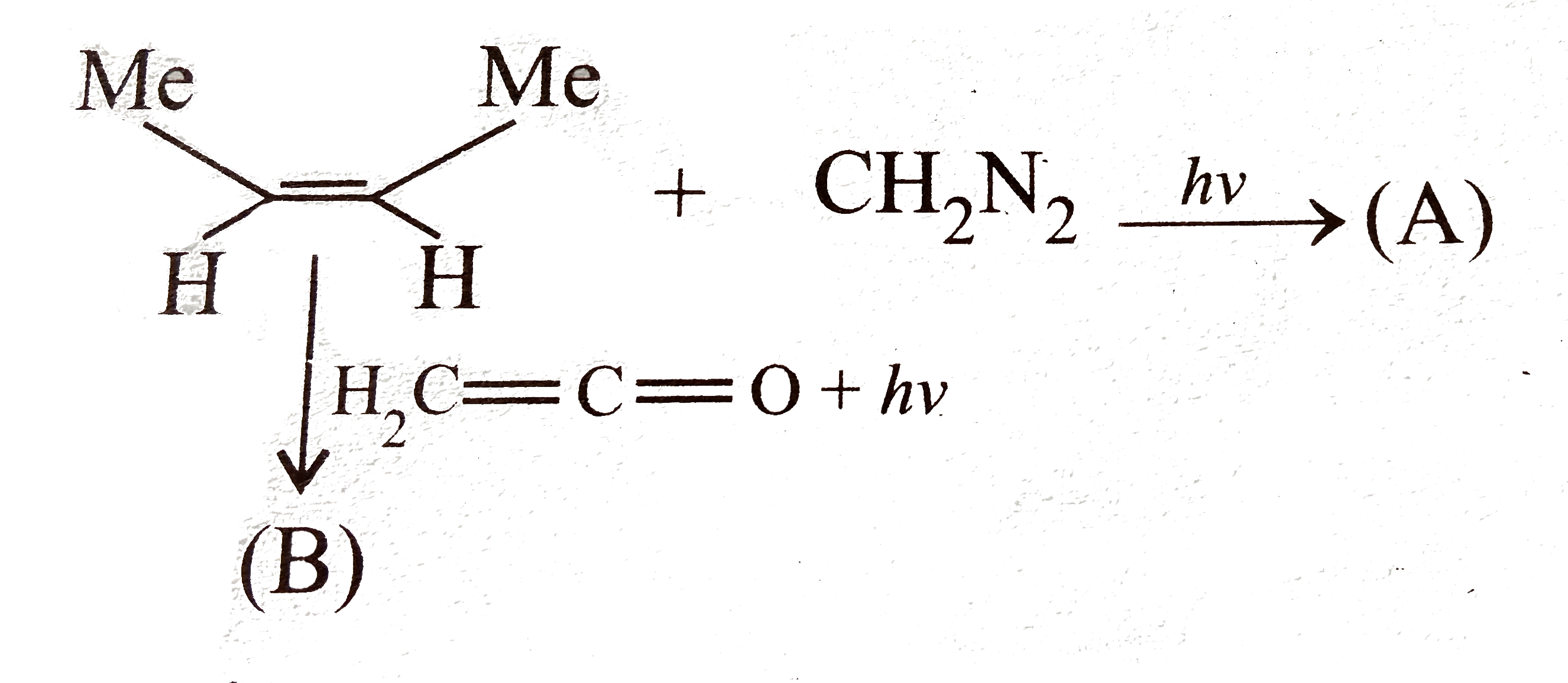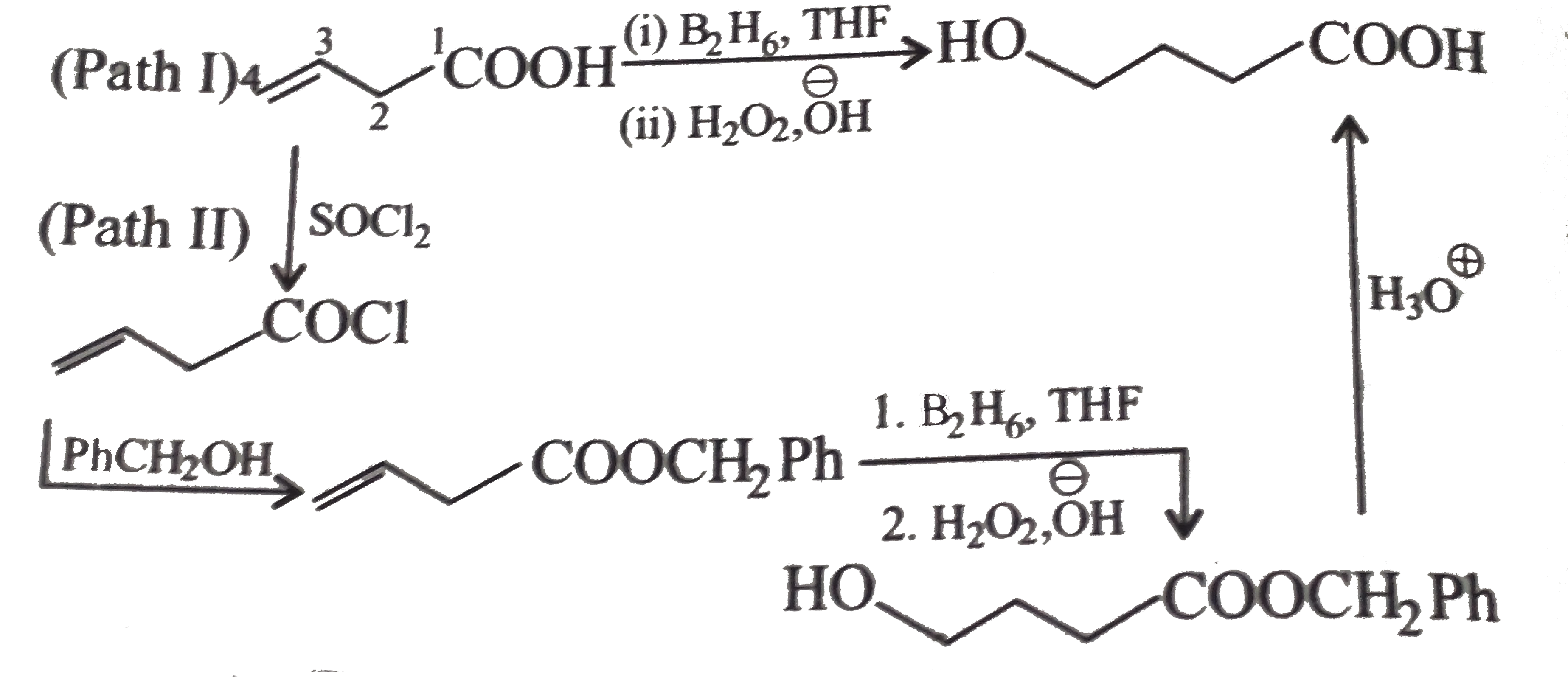Which of the following statements are correct about the following reaction :
RCOOH+LiAlH4→.
First step in the above reaction is : RCOOH+LiAlH4→RCOOӨLi⊕+H2+AlH3.
Second step is the tranfer of HΘ ion from AIH3 to (C=O) of RCOOΘ.
The intermediate product (RCH=O) is formed
(RCH=O) is further reduced to RCH2OΘ which on acidification gives RCH2OH.
The correct Answer is:A, B, C, D
To analyze the reaction between a carboxylic acid (RCOOH) and lithium aluminum hydride (LiAlH4), we can break down the process step by step:
Step 1: Reaction Overview
When a carboxylic acid reacts with lithium aluminum hydride, it undergoes reduction. Lithium aluminum hydride is a strong reducing agent that can convert carboxylic acids into alcohols.
Step 2: Formation of Lithium Salt
Initially, the carboxylic acid (RCOOH) reacts with LiAlH4. During this reaction, a lithium salt of the carboxylic acid is formed, and hydrogen gas is evolved. The reaction can be represented as:
RCOOH+LiAlH4→RCOOLi+AlH3+H2
Step 3: Proton Transfer
In the next step, the aluminum hydride (AlH4) donates a hydride ion (H-) to the carbonyl carbon of the carboxylic acid. This results in the formation of an intermediate, which is an aldehyde (RCHO):
RCOOLi+H−→RCHO+LiOH
Step 4: Formation of Aldehyde
The intermediate formed is an aldehyde. The carbonyl group (C=O) of the carboxylic acid is reduced to an aldehyde:
RCHO
Step 5: Further Reduction to Alcohol
The aldehyde can then be further reduced by another hydride transfer from lithium aluminum hydride:
RCHO+H−→RCH2OH
This step converts the aldehyde into a primary alcohol (RCH2OH).
Step 6: Acidification
Finally, upon acidification (addition of H+), the product is stabilized as an alcohol:
RCH2OH
Conclusion
The overall reaction can be summarized as:
RCOOH+2LiAlH4→RCH2OH+LiOH+Al
Correct Statements
Based on the above steps, we can confirm that:
1. The reaction produces a lithium salt of the carboxylic acid initially.
2. The aluminum hydride transfers a hydride ion to the carbonyl carbon of the carboxylic acid.
3. An aldehyde intermediate is formed during the reaction.
4. The aldehyde is further reduced to an alcohol upon the addition of hydride.
Thus, all statements regarding the reaction are correct.
When a carboxylic acid reacts with lithium aluminum hydride, it undergoes reduction. Lithium aluminum hydride is a strong reducing agent that can convert carboxylic acids into alcohols.
Initially, the carboxylic acid (RCOOH) reacts with LiAlH4. During this reaction, a lithium salt of the carboxylic acid is formed, and hydrogen gas is evolved. The reaction can be represented as:
RCOOH+LiAlH4→RCOOLi+AlH3+H2
In the next step, the aluminum hydride (AlH4) donates a hydride ion (H-) to the carbonyl carbon of the carboxylic acid. This results in the formation of an intermediate, which is an aldehyde (RCHO):
RCOOLi+H−→RCHO+LiOH
The intermediate formed is an aldehyde. The carbonyl group (C=O) of the carboxylic acid is reduced to an aldehyde:
RCHO
The aldehyde can then be further reduced by another hydride transfer from lithium aluminum hydride:
RCHO+H−→RCH2OH
This step converts the aldehyde into a primary alcohol (RCH2OH).
Finally, upon acidification (addition of H+), the product is stabilized as an alcohol:
RCH2OH
The overall reaction can be summarized as:
RCOOH+2LiAlH4→RCH2OH+LiOH+Al
Based on the above steps, we can confirm that:
1. The reaction produces a lithium salt of the carboxylic acid initially.
2. The aluminum hydride transfers a hydride ion to the carbonyl carbon of the carboxylic acid.
3. An aldehyde intermediate is formed during the reaction.
4. The aldehyde is further reduced to an alcohol upon the addition of hydride.
Topper's Solved these Questions
- CARBOXYLIC ACIDS AND THEIR DERIVATIVESBOOK - CENGAGE CHEMISTRY ENGLISHCHAPTER - CARBOXYLIC ACIDS AND THEIR DERIVATIVESEXERCISE - Exercises (Singlecorrect)
64 Videos
- CARBOXYLIC ACIDS AND THEIR DERIVATIVESBOOK - CENGAGE CHEMISTRY ENGLISHCHAPTER - CARBOXYLIC ACIDS AND THEIR DERIVATIVESEXERCISE - Exercises (Assertion-Reasoning)
10 Videos
- CARBOXYLIC ACIDS AND THEIR DERIVATIVESBOOK - CENGAGE CHEMISTRY ENGLISHCHAPTER - CARBOXYLIC ACIDS AND THEIR DERIVATIVESEXERCISE - Exercises (Linked Comprehension)
34 Videos
- BIOMOLECULESBOOK - CENGAGE CHEMISTRY ENGLISHCHAPTER - BIOMOLECULESEXERCISE - Exercises Archives (Analytical And Descriptive)
8 Videos
- CHEMICAL KINETICSBOOK - CENGAGE CHEMISTRY ENGLISHCHAPTER - CHEMICAL KINETICSEXERCISE - Archives Subjective
23 Videos
Similar Questions
Knowledge Check

Which of the following statements are correct about these molecules?AI is a meso compoundBI and III are identicalCII and IV are a pair of enantiomersDII and III are diastereomers
Which of the following statements is correct about the following reactions ?
 .
.
View Solution
Which of the following statements are correct about the above reaction ?
View SolutionWhat statement is correct about the following reaction

View SolutionWhich of the following statement is correct about CO ?
View SolutionWhich of the following statements are correct about SF4?
View SolutionWhich statements is/are correct about the following reaction ?

View SolutionWhich of the following statements are correct about the modes of excretion ?
View Solution

 .
.